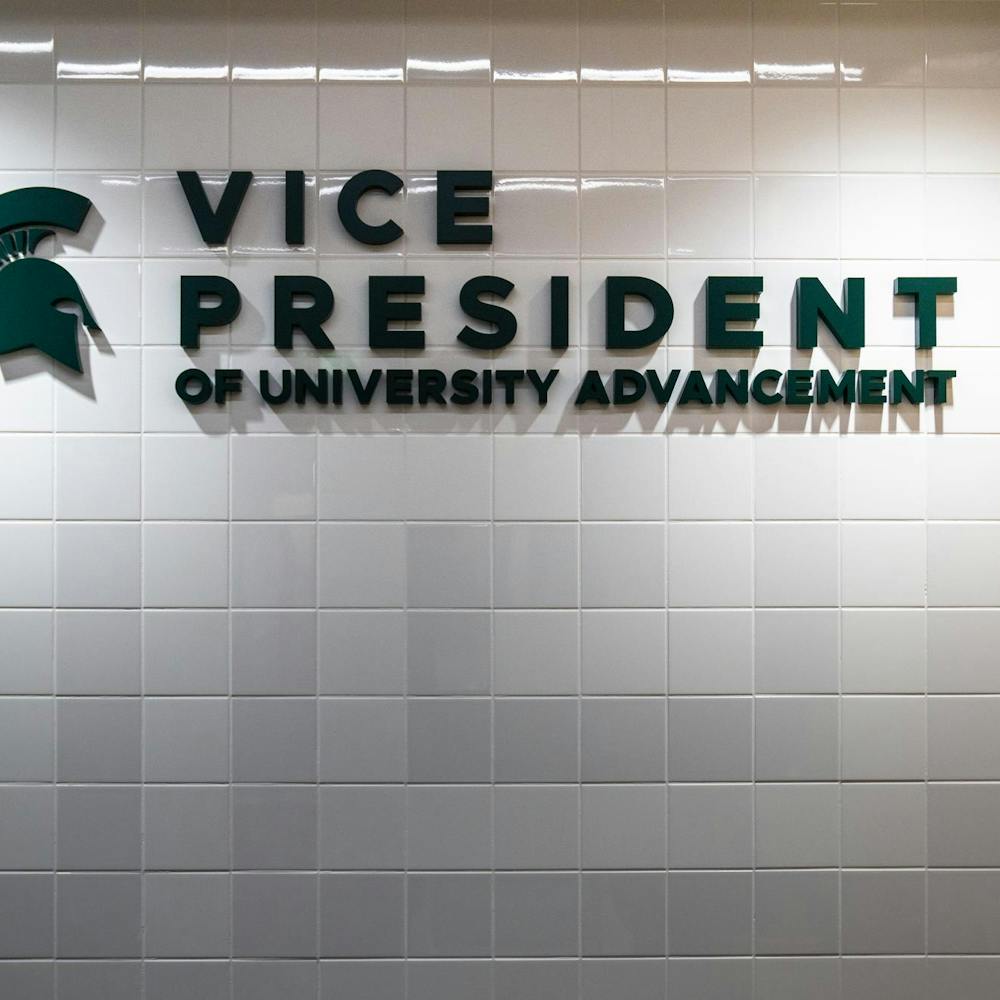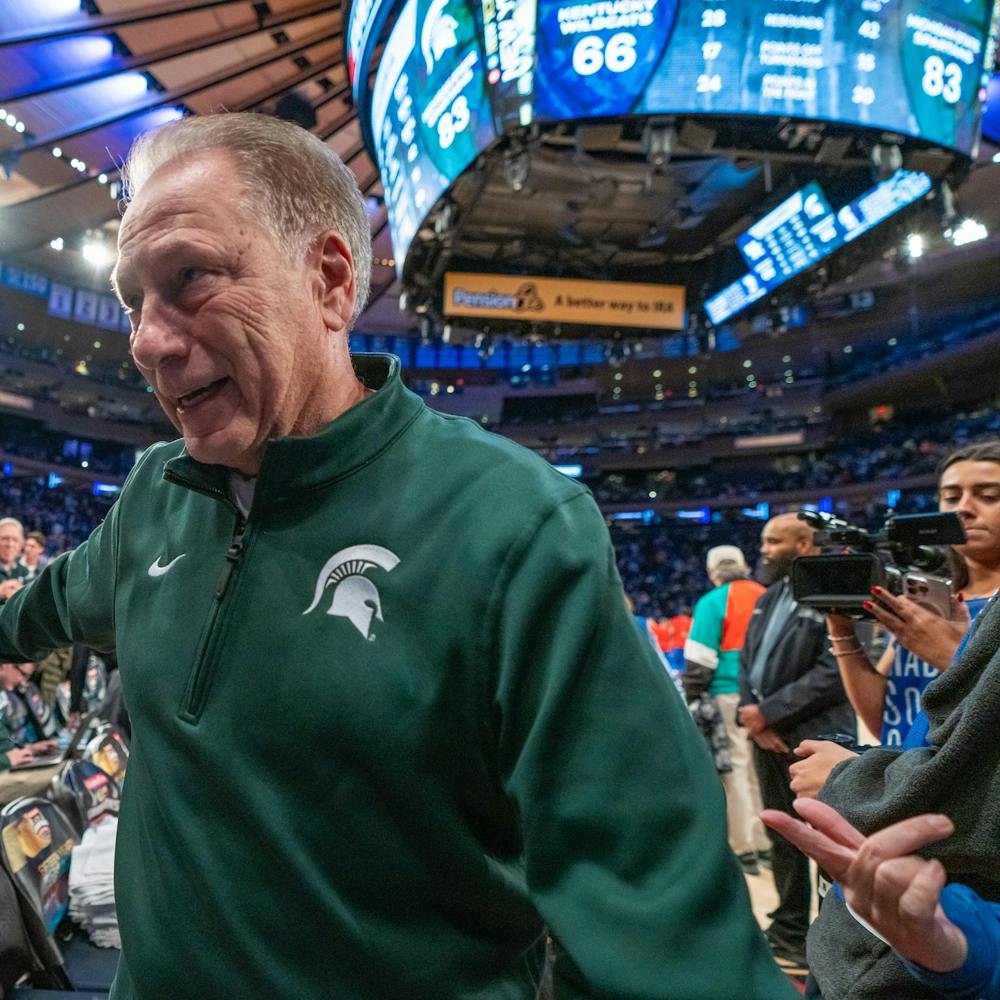Seven years before the passage of the act — which aimed to establish affordable colleges focused on agriculture and mechanical arts in the U.S. — MSU already had sprouted up on the banks of the Red Cedar River, eventually serving as a blueprint for what many schools later would become.
At the The Legacy and the Promise: 150 Years of Land-Grant Universities conference held at Penn State University this past June, numerous land-grant institutions — including MSU — took the time to step back and re-examine the mission of land-grant universities in challenging economic and cultural times, while at the same time paying tribute to the act’s underlying history and significance.
“Clearly MSU has a tradition and a heritage as the pioneering land-grant college,” said Terry Denbow, a conference attendee and the school’s vice president emeritus for university relations. “It also has a history and heritage of adopting early values and ideals to the times, whether it be World War II or the 21st century.”
The beginning
Then-Michigan Gov. Kinsley S. Bingham signed a bill establishing what later would become MSU on February 12, 1855, and a little more than two years later, classes started at the Agricultural College of the State of Michigan, according to MSU University Archives and Historical Collections.
The course load many students took on looked vastly different from the class schedule of today, even requiring manual labor on the school’s property.
Under the Reorganization Act of 1861 — a state law that rewrote provisions of Bingham’s original plans — the school shifted its curriculum, falling in line with a four-year format, and changed its name to the State Agricultural College.
One year later, President Abraham Lincoln signed the Morrill Act into law, granting eligible states as many as 30,000 acres of public land for every senator or representative in Congress, in the hope that institutions would spring up on the property. In that bill, officials also called for the inclusion of military training, in addition to students’ various agricultural pursuits.
Across the country, MSU was singled out as a national model for other institutions, albeit an oft-changing one.
By 1870, the first women were admitted to the college, and the school remained largely focused on agriculture for the better part of the next few decades, until 1925, when the university underwent another name change, becoming Michigan State College of Agriculture and Applied Science.
Under university President John Hannah, the institution experienced some of its most massive growth yet, jumping from a reported enrollment of 15,000 students in 1950 to 38,000 in 1965.
That time period also saw another name change, and Michigan State University began to take shape.
At the conference
Much of the school’s early history — and the ideals of many other land-grant institutions — were up for debate at Penn State’s conference.
Many papers and presentations also examined the future of land-grant institutions in the next 150 years.
Numerous officials asserted their belief that land-grant schools must refocus their mission and outreach efforts, including Hiram Fitzgerald, MSU’s associate provost of university outreach and engagement.
“(About) 150 years ago, land-grant institutions focused heavily on agricultural development. It was really to build the workforce capacity,” Fitzgerald said. “Now, we need a lot of people who can work collaboratively with communities.”
Experts maintain even in the face of funding cuts, higher education institutions, such as MSU, also must focus on solving global issues.
“Land-grant universities have a wonderful opportunity and responsibility to follow some of our really wicked problems in society,” said Sam Cordes, a conference attendee and Purdue University’s associate vice provost for engagement. “Do we have the ability to mobilize or willingness to mobilize ourselves to do that given some of our institutional constraints?”
Staring down challenges
The ability to mobilize powerful change at MSU might be hampered by the nation’s recent economic downturn, including steep funding cuts from the state of Michigan.
Over the past 10 years, the university has dealt with reduced higher education funding from the state totaling almost $174 million, and this year faces a loss of about $43 million in state funding.
Support student media!
Please consider donating to The State News and help fund the future of journalism.
Further development initiatives also could be hampered if the state votes against MSU in what is shaping up to be a heated debate pitting school officials against state lawmakers.
Part of that debate played out last week at the state Capitol, as MSU officials presented testimony before House Republicans, adamantly denying that the school increased tuition above the state’s 7.1 percent limit, while state legislators claimed the school’s tuition actually will increase 9.4 percent. MSU stands to lose about $18.3 million if Budget Director John Nixon rules against the school.
MSU vice president for governmental affairs Mark Burnham said he believes the university is in compliance, and in the meantime, other university officials say they continue to position the school for the future.
The world grant ideal
MSU President Lou Anna K. Simon plans to build on Hannah’s legacy, in part by encouraging increased global engagement.
The ultimate goal for the school is to become, as Simon says, a “world-grant” university.
Some students recognize the viability of Simon’s aims, but struggle to see how MSU might get there in the face of reduced state support.
“Obviously, they’re doing a great job getting things going for the sciences, (but) it’s always a tough call to say one area is more important than the other area,” said environmental biology junior Echo Prafke-Marson, who maintains key program funding is being slashed in unnecessary areas.
Simon and others still are pushing MSU to reach out beyond the borders of the traditional Morrill Act in spite of those struggles.
Ideally, Simon wants to involve teams of partners across the globe in an effort to disseminate information and solve serious world issues.
“The world is even now more global and interconnected. When we think about our programs, we have to think about our students as global citizens,” she said. “It means you have global knowledge networks.”
Simon said MSU must remain “ever vigilant” on a world stage in the coming years in order to build on the world-grant ideal.
“The uniqueness of MSU … is to blend the best of knowledge generations with this land-grant spirit,” she said. “We will have this great global competition, and MSU needs to be among the best in the world, so we have to compete.”
Discussion
Share and discuss “A global future” on social media.







